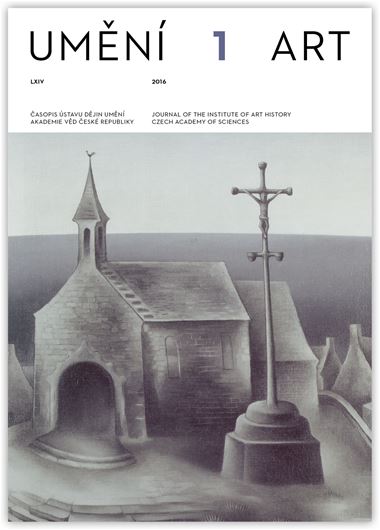Eva Forgacs
Art History's One Blind Spot in East-Central Europe: Terminology
Terminology reflects a widely shared consensus on a philosophical understanding of history and culture. There is a contradiction between, on the one hand, claims of the existence of a specifically East-Central European art, and on the other, the almost exclusive use of the terms of Western or Russian modernism and the avant-gardes – and often contemporary art as well – to describe this art. Terminology is, of course, political, as it is a part of building a canon and the ideological framework of constructing a narrative. During the Cold War years, the use of Western art terminology served as an act of political resistance; it was proof of belonging to European culture, which was anathema to state authorities who would not suffer the mere mention of such terms as ‘surrealism’, let alone ‘abstraction’. The terms in use reflect a dualism in the cultures of East-Central Europe: local art and culture are seen as an integral part of the European tradition on the one hand, and as fundamentally different from the European tradition as a product of each culture’s ‘national genius’ on the other. Since the collapse of the totalitarian regimes, efforts have been directed towards the reconstruction of a historical narrative that had been tendentiously deformed and de-nationalized during the communist era and, at the same time, at the adjustment of that narrative to the current international/global discourse on contemporary art. The price of not having a valid narrative is that many East-Central European artists’ bodies of work fall through the cracks. Because we lack the relevant terms to describe and interpret their works, they remain in obscurity.
Full-text in the Digital Library of the Czech Academy of Sciences:
https://kramerius.lib.cas.cz/uuid/uuid:8aff57f5-b47d-4698-8541-11273e5bd2e0
< back

